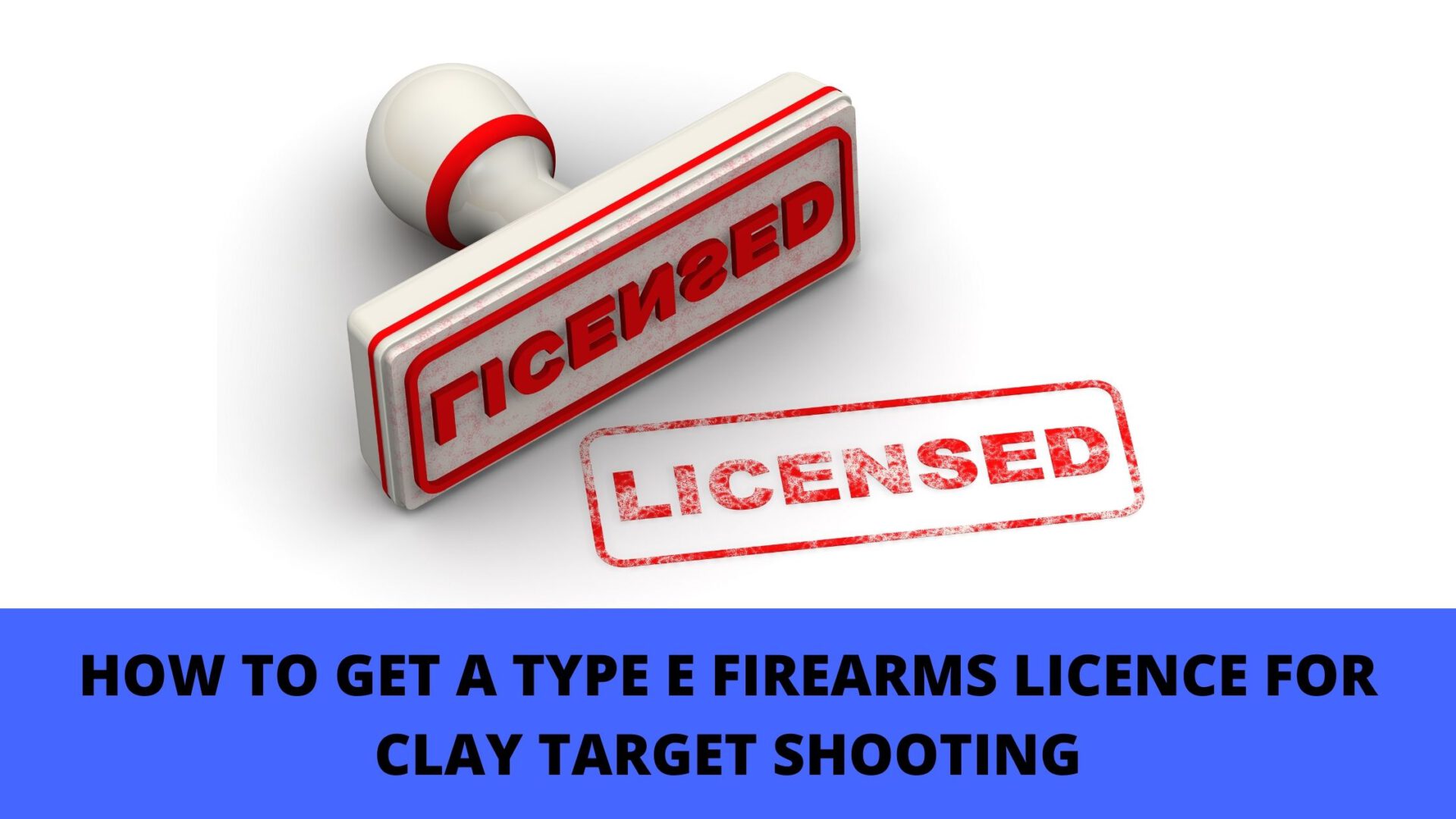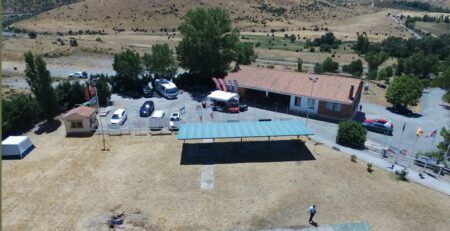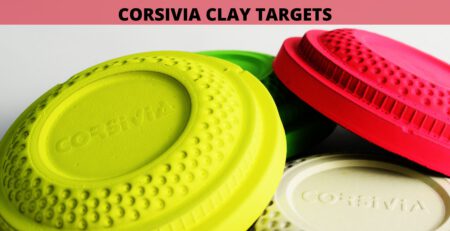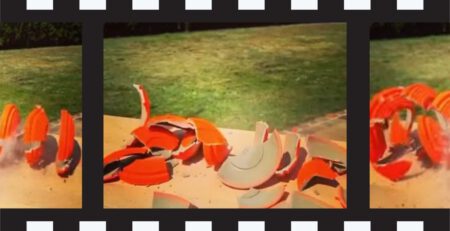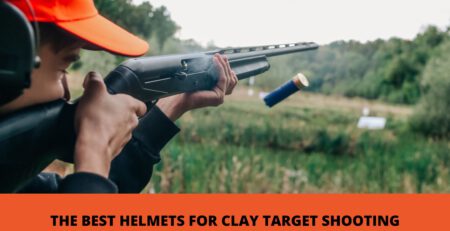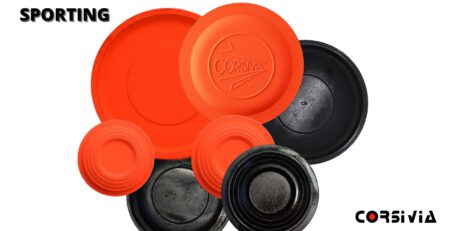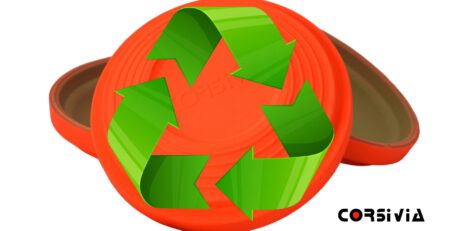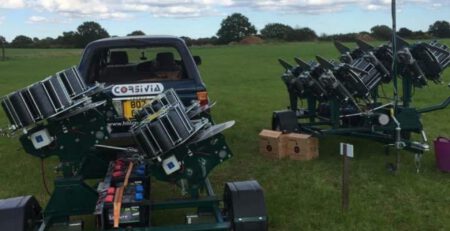HOW TO GET A TYPE E FIREARMS LICENCE FOR CLAY TARGET SHOOTING
Getting a type E firearms licence for clay target shooting is one of the first things on the to-do list of anyone interested in taking up this sport.
Spanish legislation is very clear in this regard: “no one may use a gun without the corresponding licence”.
However, to apply for a type E firearms licence, the first step is to become a member of your favourite shooting club, take the mandatory course the club offers to pass the two training tests (one theoretical and one practical), pass the test, join a federation and submit the corresponding application.
In this article we explain everything you need to know so that you can get your licence without skipping a single step.
Let’s get started!
WHAT IS A TYPE E FIREARMS LICENCE?
Required for hunting and using hunting shotguns, the type E firearms licence is one of the most popular firearms licences in Spain.
To apply for this permit, you need to be of legal age, be Spanish or a foreign resident, and you cannot apply for more than 12 licences per person.
The type E licence includes class 3 guns (long arms for sport shooting) and those classified in categories 7.2 and 7.3 (line-throwers and crossbows), guns that are normally used for sport shooting and small game hunting.
WHAT ARE THE STEPS TO GETTING A TYPE E FIREARMS LICENCE?
One of the first things that most likely crosses your mind when you think about getting a firearms licence, regardless of the type, is to contact the Guardia Civil (Spanish law enforcement force) so that they can explain the legal requirements that you have to meet and the documentation that you need to provide.
And yes, this is one of the steps in the process, but it’s not the only one. The right order to follow is:
- Apply to become a member of your favourite club.
- Become a member.
- Take the specific course for getting the licence.
- Pass the test.
- Get a special medical certificate for obtaining a firearms licence.
- Get a criminal record certificate.
- Apply for the licence through the Guardia Civil.
It seems like loads of work just to be able to practice your favourite hobby, doesn’t it?
At first glance it might, but it’s not as overwhelming as it may seem. Below we’re going to take you through each step in detail and you’ll see that it’s much easier than it sounds.
Let’s go!
APPLY FOR MEMBERSHIP AT YOUR FAVOURITE CLUB AND JOIN A FEDERATION
The first thing you need to do is to apply for membership at your favourite shooting club.
This requires filling out the application form, submitting the documentation requested, which may vary depending on each club’s internal rules, and paying the registration fee together with the amount of the federation licence.
The federation licence is extremely important, since you have to join a federation before you can use its facilities.
You will then have an active file at the shooting club and will receive a membership card along with the federation card stamped and signed by the federation delegate.
Be especially careful with this last card since you’ll need it from that point on to do anything and everything related to firearms and clay target shooting.
TAKE THE SPECIFIC COURSE FOR GETTING THE LICENCE
All shooting clubs usually offer several courses to obtain a firearms licence throughout the year.
Each course involves a theoretical component that takes about 5 or 6 hours and explains the follow:
- The safety basics.
- The precision shooting techniques necessary to earn the minimum score required during the practical test.
- The regulations of the sport and other considerations.
The club will lend you a beginner’s gun and provide you with the ammunition you need, the only thing you will have to pay for separately, during the practical component.
The most popular and recommended option is to take this course during the 4 weekends leading up to the test.
PASS THE TEST
As we said, you’ll have to take a theoretical test and a practical test.
You have to pass the theoretical test first before you can be eligible to take the practical one. After that, you’ll have 6 months to take the practical test. The practical test is given at a shooting club and, on that day, two Guardia Civil officers supervise the test and certify the results.
But what is involved in each component of the test?
TEST FOR THE TYPE E FIREARMS LICENCE
The theoretical test will measure your knowledge of firearms and gun laws. In addition to everything you’ll learn during the course at the shooting club, you can find the list of subjects, which includes adequate knowledge to pass the theoretical test for the D and E licences, and the Special Weapons Authorisation for Minors or AEM (we’ll talk a little more about this later), in ANNEX I of the Resolution of 19 October 1998, of the Directorate General of the Guardia Civil.
PRACTICAL TEST FOR A TYPE E FIREARMS LICENCE
The purpose of the practical test is to check your ability to handle and use firearms.
The test involves firing 20 shots, in a series of 5 shots, at a precision target at 25 metres. The first 10 shots are test shots and their score does not count towards the exam. With the next 10 shots, you have to get a minimum score of 50 points to pass the test.
What else is involved in passing the test? We’ll get into that below. You can also find more detailed information here.
Loading the gun
You’ll pass when all the things you have to do to prepare the firearm for shooting have been performed accurately.
The following are reasons for failing this portion of the test:
- Any of the steps required to make the gun ready to shoot aren’t performed accurately.
- The muzzle is pointed away from the target.
- A shot is fired or a finger is placed on the trigger when the gun isn’t pointed at the target.
Aiming
Passing this portion of the test means:
- The shooter’s eyes and upper limbs are used correctly to align the gun’s sight with the target.
- The lower limbs are used to ensure enough stability to keep aiming at the target for a reasonable period of time.
Failing this portion of the test means:
- The shooter fails to use their eyes and upper limbs correctly to align the gun’s sight with the target.
- The shooter fails to use the lower limbs to attain enough stability to keep the gun aimed for a reasonable period of time.
- The muzzle of the gun is pointed somewhere other than where the targets are.
A shot is fired during this process.
Shooting
This procedure must be performed in an upright, unsupported position with a rifle-barrelled gun and five shots must be fired at a target 50 centimetres in diameter, located 25 metres from the firing line.
The test is passed when all five shots are fired with a result of at least one hit on the target.
The test is failed when:
- The muzzle of the weapon is directed away from the target location.
- A shot is fired before or after the whistle that indicates the start or end of the exercise.
- All five shots are made without at least one hit on the target.
Any round remains unfired at the end of the exercise.
GETTING THE SPECIAL MEDICAL CERTIFICATE FOR A FIREARMS LICENCE
Once you’ve passed the practical test and you have the corresponding certificate that accredits it (the club usually supplies the certificate once you pass the test), you can go in for the special medical certificate you need to get a type E firearms licence.
Make an appointment at any private medical centre that offers this type of certification.
Remember to bring the certificate proving that you have passed both tests to the exam.
GET A CRIMINAL RECORD CERTIFICATE
This is a document that certifies, before an institution, company or organisation, the lack or existence of a criminal record in the Central Register of Convicted Offenders on the date it is issued.
Generally, it is the Guardia Civil that requests this record, although you have to sign over authorisation so that they can request it on your behalf.
APPLY FOR THE LICENCE THROUGH THE GUARDIA CIVIL
Once you have all the paperwork in order, you can apply for your type E firearms licence.
To do so, you have to visit the Guardia Civil’s Weapons and Explosives Division nearest your place of residence.
First, fill in the application form available here.
You’ll also have to provide the following documentation:
- Certificate of psycho-physical aptitude or medical certificate.
- Certificate of criminal record or, if applicable, authorisation by the interested party to consult their data in the files of the Administration (Central Register of Convicted Offenders and Fugitives).
- Certificate of a criminal record of gender-based violence or, if applicable, authorisation by the interested party to consult their data in the files of the Administration (Central Register of Convicted Offenders and Fugitives).
- Photocopy of the National ID card (DNI) or, if applicable, authorisation by the interested party to consult their data in the files of the Administration (Central Register of Convicted Offenders and Fugitives).
- Proof of participation in hunting or a photocopy of the hunting licence.
- Proof of having paid the corresponding fee for issuing the licence, form 790, which you can do via this link.
Also, if this is the first time you’re applying for a type E licence, you will also be required to submit the certificate that accredits that you passed the training tests for the firearms licence.
Once you have finally have your firearms licence, you should keep in mind that there are a series of requirements for keeping it.
REQUIREMENTS FOR KEEPING A TYPE E FIREARMS LICENCE
Getting a firearms licence doesn’t mean that it’s valid forever. The licence must be renewed every 3 years and you must have fired a certain number of compulsory shots during those 3 years for the renewal to be granted.
In other words, now you have to practice and compete and, most importantly, make sure that you participate in at least one competition a year within the licence’s period of validity.
As established in the current gun laws, your renewal application might be rejected if you fail to participate in the required activities and events.
Once you decide to purchase your firearm, remember that there are a series of obligations that all gun owners must fulfil.
GUN OWNER OBLIGATIONS
Owning a firearm means complying with a series of obligations that permit you to keep it under your control and, above all, to ensure its safety:
- You must keep them in a safe place and adopt the measures necessary to prevent their loss, theft or robbery. We recommend keeping them in a locked cabinet and, if possible, dismantled and kept separately from the cartridges.
- You must present your weapons to the government authorities or their agents whenever you are required to do so.
- You must immediately declare the loss, theft, or destruction of your firearm or its documentation to the Guardia Civil’s Weapons and Explosives Division in your area. If your documentation is stolen, lost or destroyed, the weapons will be handed into Guardia Civil until new ones are obtained.
HOW MUCH DOES A TYPE E FIREARMS LICENCE COST?
The fees listed here may vary, but in general a type E firearms licence costs:
- Fees are around €15.27.
- Psycho-physical tests vary depending on the medical centre you go to, but the price ranges from €30 to €60.
- Theoretical tests are around €90.
- And the weapons test or training test costs €94.09.
HOW TO GET A TYPE E GUN LICENCE FOR MINORS
In Spain, minors can carry a gun as long as they are accompanied by a legal guardian. To do so, a minor (between 14 and 18 years of age) needs to be issued a special permit that authorises them to use a gun.
This permit is a mixture of licence types D and E, and depending on the minor’s age, weapons may be used for big game hunting or small game hunting.
The minor may never carry a weapon in an urban area, and its use is limited exclusively to hunting and sporting events, accompanied by an adult with a type E, D or F licence. Furthermore, the minor is only authorised to use category 2 and 3 weapons.
As with the other licences, this one is also issued by the Director General of the Guardia Civil.
To apply, present the following documentation once the minor has passed the necessary theoretical and practical tests:
- Application to the Guardia Civil.
- Proof of payment of fees.
- Presentation of the criminal record of both the guardian and the minor (over 16 years of age).
- Psycho-technical certificate.
- Guardian’s permission or authorisation.
The price of the licence is similar to what an adult would pay and includes the medical (psycho-technical) certificate from an authorised medical centre, together with the €94.04 test (for big game hunting), and the corresponding fees according to the type of weapon (usually €11.45).
Now you have all the information you need to get your firearms licence for clay target shooting.
Do you already have yours? Tell us about it…
